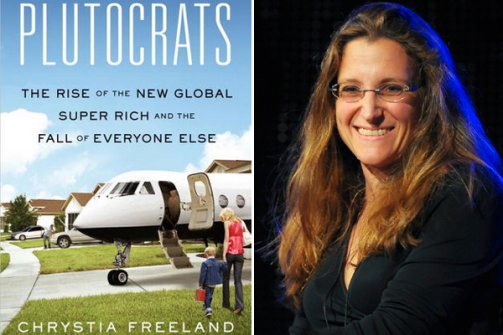If you are interested in more details about the commentary I wrote for today’s Toronto Star, “The Inequality Debate: Canada’s middle class is losing ground,” you can find the original version in this post. You might also have an interest in this post, imaginatively entitled: “Who are the middle class?”
A number of journalists have recently addressed the topic, nicely offering a broader perspective. Whether you like to listen, watch, or read, you have some good choices.
Listen to this Ira Basen documentary called “What We Talk About When We Talk About The Middle Class,” which was broadcast on CBC Radio’s program “The Sunday Edition”; watch this documentary by Holly Doan for CPAC, which also features the much-cited New York Times article (look down the right column of the page to find it as “Vote 2015 Special: The Middle Class”); or read this Globe and Mail article, “The Middle Class: Just Who are They, Anyways?” by Erin Anderssen.
I hope all this helps to inform you about the talking point that, by waving around a New York Times article, leads our policy makers to dismiss the very fundamental and long-standng changes in the nature of work and incomes that are generating more insecurity for many Canadians, particularly young Canadians.












